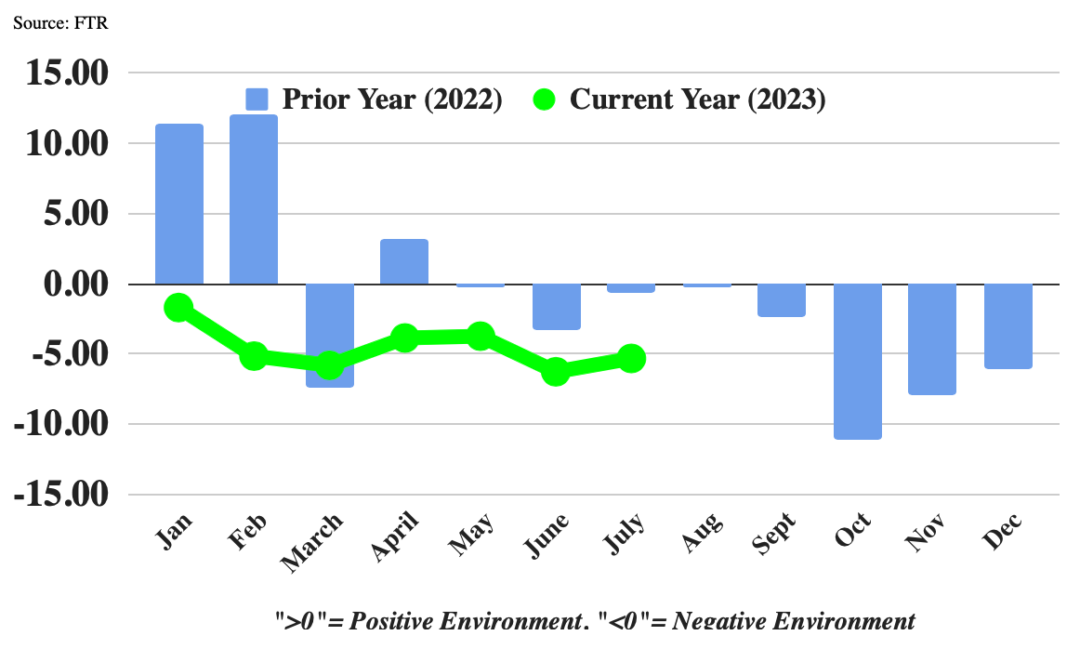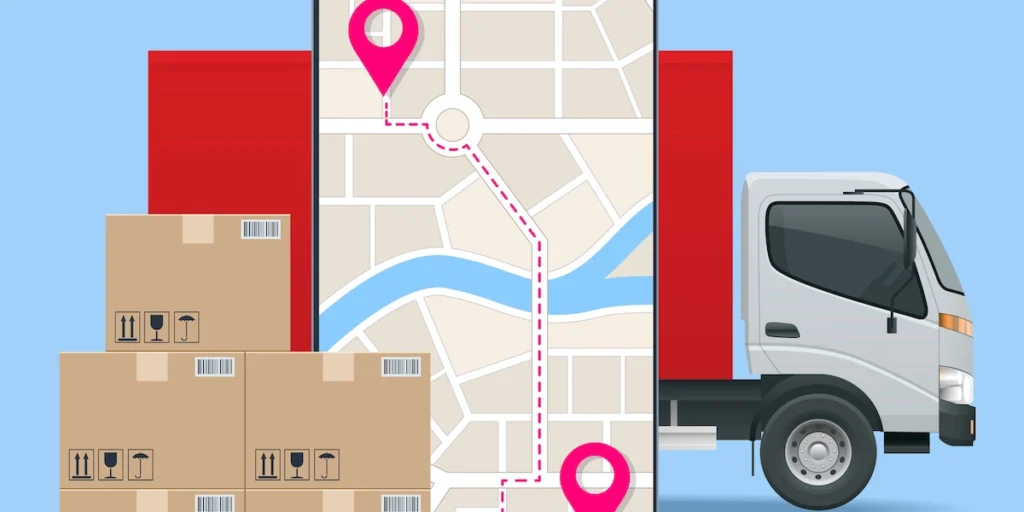Ensuring Safe Hazmat Transport: Essential Precautions for Hazardous Material Loads
The transportation of hazardous materials, commonly referred to as hazmat, requires meticulous attention to detail and strict adherence to safety protocols. Hazmat loads can pose significant risks to the environment, public health, and the well-being of those handling them. Therefore, it is crucial to implement various precautions to ensure the safe transport of hazardous materials. In this article, we will discuss four essential aspects of hazmat transport: understanding hazardous materials classification, proper packaging and labeling, implementing transportation security measures, and training and certification for hazmat handlers.
Understanding Hazardous Materials Classification
One of the fundamental aspects of safe hazmat transport is understanding the classification system used to categorize hazardous materials. The United Nations (UN) has established a standardized classification system known as the UN Globally Harmonized System of Classification and Labelling of Chemicals (GHS). This system categorizes hazardous materials into specific classes based on their inherent properties, such as flammability, toxicity, and reactivity. It is crucial for those involved in hazmat transport to be well-versed in this classification system to ensure appropriate handling and storage procedures. Additionally, understanding the classification helps in determining the appropriate emergency response measures in case of accidents or spills.
Proper Packaging and Labeling of Hazmat Loads
Proper packaging and labeling are paramount when it comes to hazmat transport. Hazardous materials must be packaged in containers that are specifically designed and tested to withstand the hazards associated with the material being transported. The packaging should provide an adequate barrier and prevent leaks or spills during transit. Additionally, hazardous materials must be labeled with the appropriate hazard labels and markings as per the GHS and other regulatory requirements. Clear and visible labels facilitate the identification of the hazards posed by the material, aiding in safe handling and emergency response procedures.
Implementing Transportation Security Measures
Transporting hazardous materials also requires the implementation of robust security measures to prevent unauthorized access, theft, or intentional misuse of the materials. This is especially crucial for hazmat loads that may have the potential to be used for illicit activities or acts of terrorism. Security measures may include strict access controls, tamper-evident seals, and GPS tracking systems. Regular security audits and assessments should also be conducted to identify any vulnerabilities in the transportation process and address them promptly. By implementing transportation security measures, the risks associated with hazmat transport can be minimized, ensuring the safety of the materials and the individuals involved.
Outro
Ensuring the safe transport of hazardous materials is a responsibility that falls on multiple parties involved, including shippers, carriers, and handlers. By understanding hazardous materials classification, adhering to proper packaging and labeling requirements, implementing transportation security measures, and providing adequate training and certification for hazmat handlers, the risks associated with hazmat transport can be mitigated. It is imperative that all stakeholders in the hazmat supply chain collaborate closely and remain vigilant to ensure the safe and secure transport of hazardous materials, protecting the environment, public health, and the safety of those involved.















